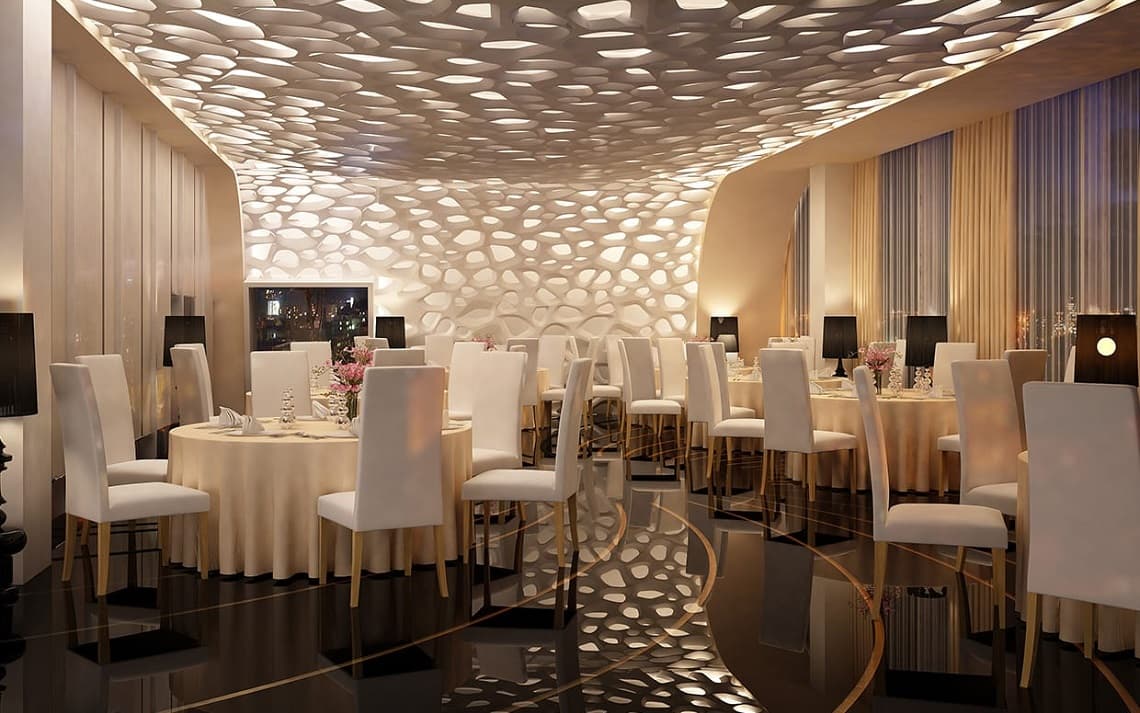Retail Fit Out: Creating Success from the Core Outwards

In today’s competitive shopping landscape, the significance of a well-planned fit-out cannot be overstated. A store design is beyond looks; it’s an vital tactic that may greatly impact customer decisions and increase sales. From enhancing customer interaction to crafting a unique shopping environment, the layout of your store area plays a key role in your business's growth. As consumers increasingly desire one-of-a-kind and engaging experiences, aligning your shop's layout and aesthetic with your brand identity is important to standing out in a crowded market.
The journey of a store design can be both exciting and difficult. Whether you are starting a newly opened store launch or revamping an current space, understanding the comprehensive process from concept to completion is crucial. In this article, we will delve into the different aspects of retail fit-outs, including the newest trends, budgeting tips, and green practices to ensure your business thrives in the present but is also prepared for the future for years to come. Let's explore how considered design can transform your retail space and create the conditions for enduring success.

Comprehending Retail Fittings
Retail fit-outs refer to the procedure of planning and furnishing a retail area to meet the particular needs of a company and its clients. This can include everything from the layout of the shop to the aesthetic choices that represent the brand’s identity. A properly conducted fit-out can create an appealing atmosphere that encourages shoppers to browse and ultimately complete transactions.
The value of commercial fit-outs cannot be exaggerated. They play a vital role in boosting the customer experience, boosting operational effectiveness, and differentiating a brand in a fierce market. A carefully planned retail space can help to guide the movement of customers, emphasize key items, and create an environment that resonates with the intended audience, ultimately boosting sales and client loyalty.
Furthermore, the fit-out process goes past mere aesthetics; it involves strategic planning and implementation to ensure that every aspect aligns with company objectives. This comprises selecting the right materials, colors, and fixtures that not only draw in but also involve customers. Grasping the nuances of commercial fittings is crucial for businesses looking to make a notable impact in their brick-and-mortar locations.
Enhancing Effect: Layout and Customer Experience
The layout of a retail space plays a vital role in affecting customer behavior and improving their shopping experience. By intelligently arranging the configuration, retailers can create an stimulating atmosphere that invites exploration and boosts dwell time. Flexible configurations, inviting displays, and well-defined pathways can direct customers through the shop, making it easier for them to uncover products and ultimately complete a transaction.
Integrating elements that align with your brand image is crucial for creating a lasting shopping experience. The proper combination of hues, textures, and branding elements supports your store's theme and values. For instance, a luxurious brand might choose luxurious textures and a elegant color scheme, while a youth-oriented store may select vibrant colors and playful designs. These design choices help create an emotional connection with customers, making them more prone to come back.
In addition, the role of illumination in retail design cannot be ignored. Adequate lighting not only highlights products but also determines the character of the environment. Sunlight can create an inviting atmosphere, while thoughtfully arranged feature lights can spotlight key merchandise. By grasping and utilizing different illumination methods, retailers can improve the shopping experience, altering shoppers’ impressions and driving sales efficiently.
Financial Planning and Sustainability in Store Design
Budgeting for a retail fit-out requires a careful balance between appearance, functionality, and sustainability. Businesses must assess their budget while considering the future advantages of sustainable materials and energy-efficient solutions. By investing in sustainable practices, retailers can often lower operational costs over time, making upfront costs more manageable in the grand scheme of their financial planning. Understanding all associated costs, such as workforce costs, supplies, and licensing fees, is essential for a realistic budget.
Integrating eco-friendliness into your design not only improves your brand image but attracts environmentally-conscious consumers. Choosing eco-friendly materials, such as reclaimed wood, upcycled metals, or low-VOC paints, can create a unique and inviting atmosphere while minimizing environmental impact. Additionally, integrating efficient lighting and intelligent systems can lead to considerable reductions on energy costs. These choices should be included in the overall budget, as they often provide long-term financial benefits.
Ultimately, a effective retail fit-out is one that matches design goals with budgetary constraints and eco-conscious methods. Planning for Retail Fit Out Wiltshire hidden costs associated with sustainable options, such as upfront costs or specialized labor, is necessary. By embracing both budgeting discipline and sustainable innovations, retailers can create vibrant environments that draw in shoppers, enhance the customer experience, and contribute positively to the planet. This comprehensive strategy ensures that the design not only meets short-term objectives but also promotes long-term sustainability for the future.
